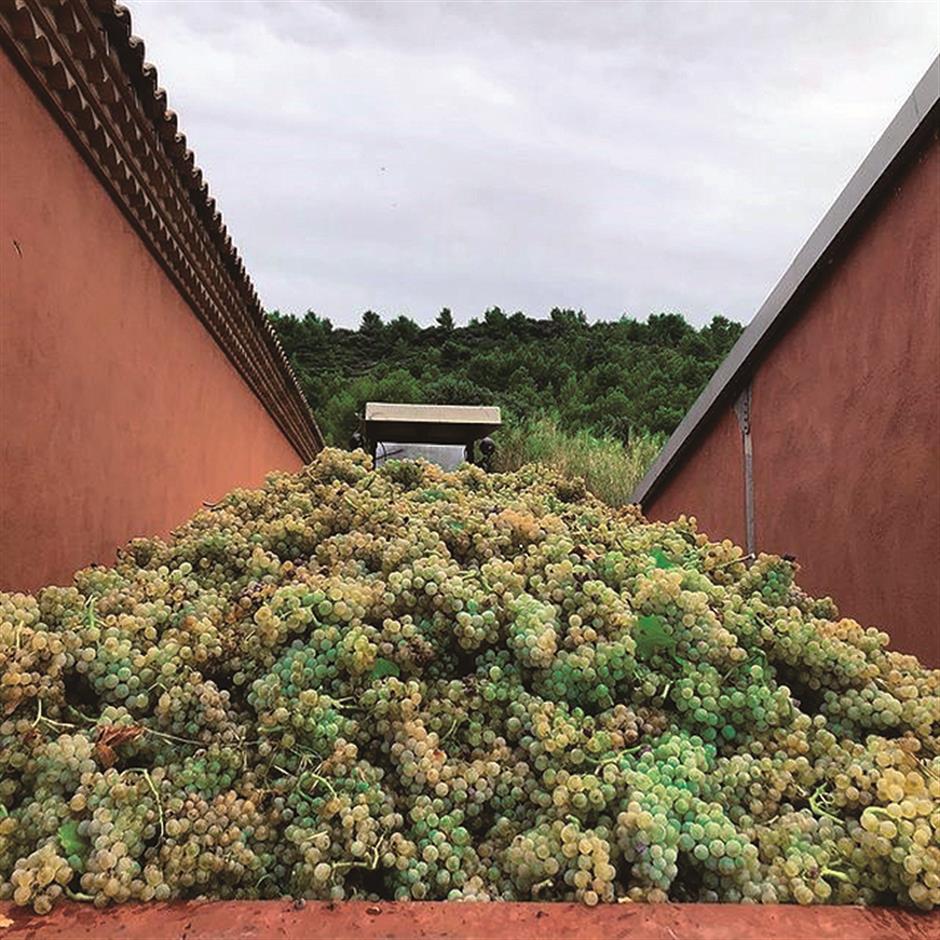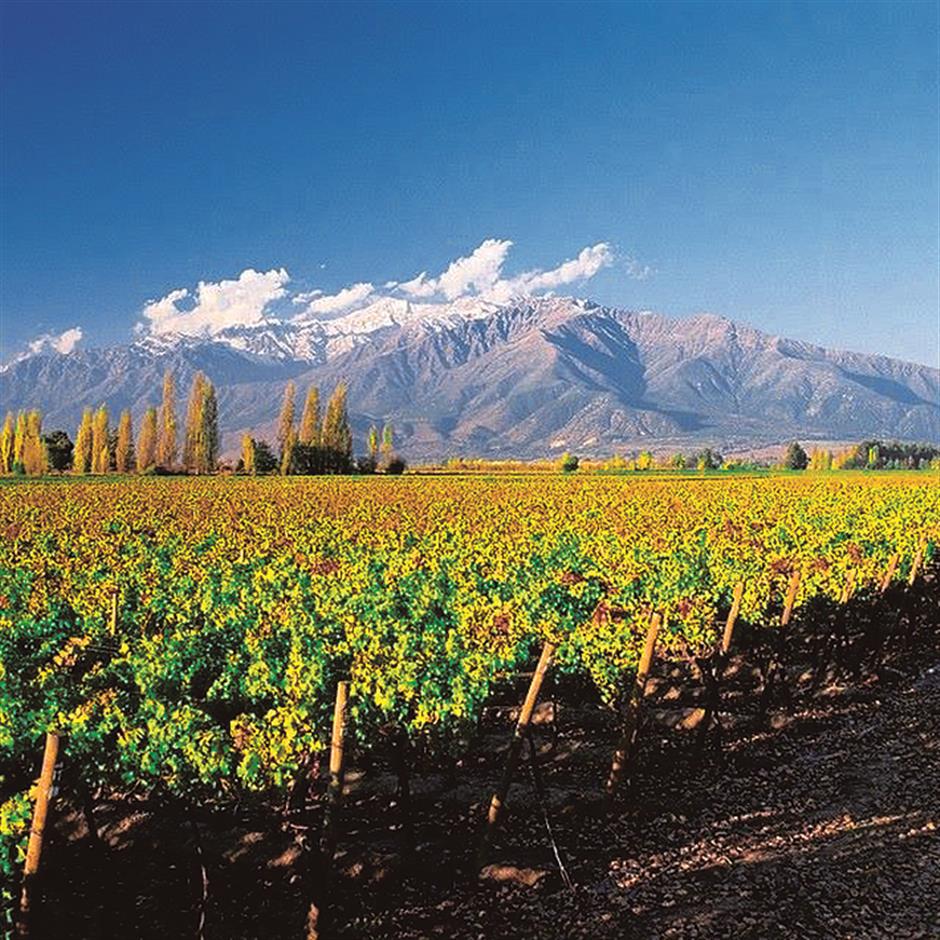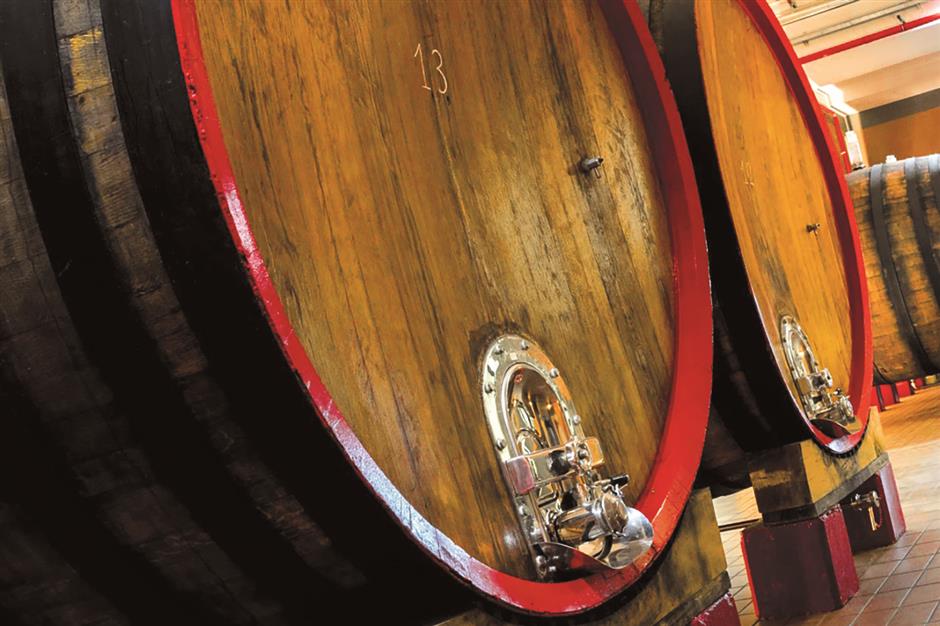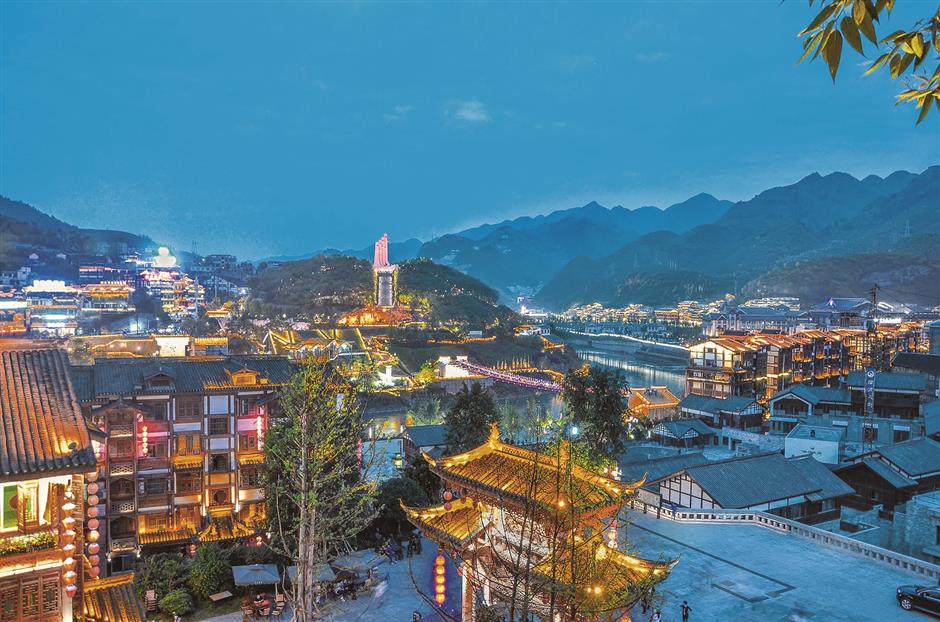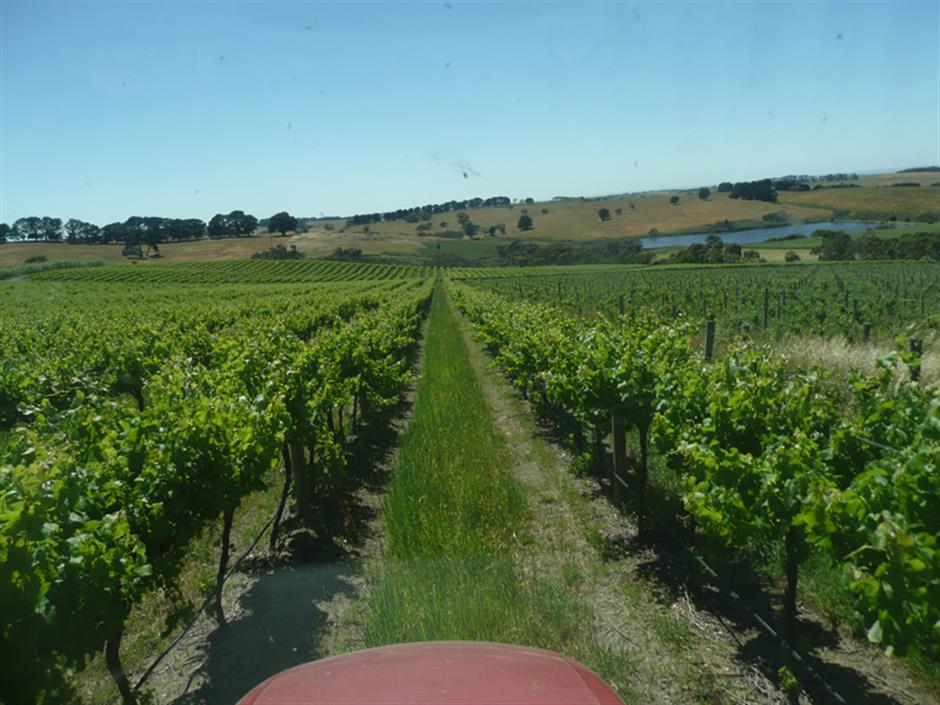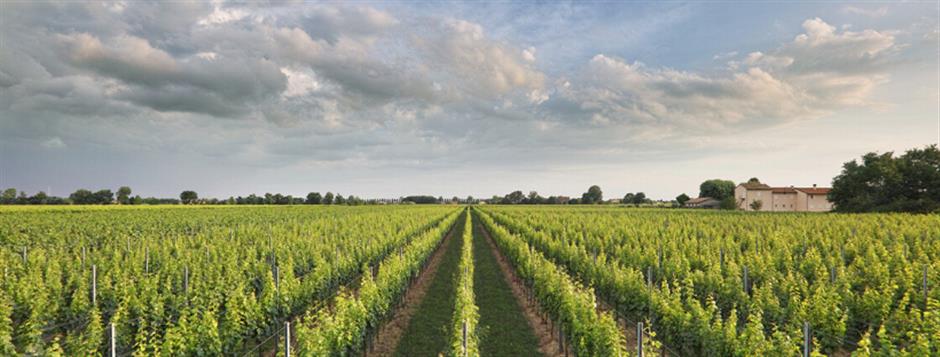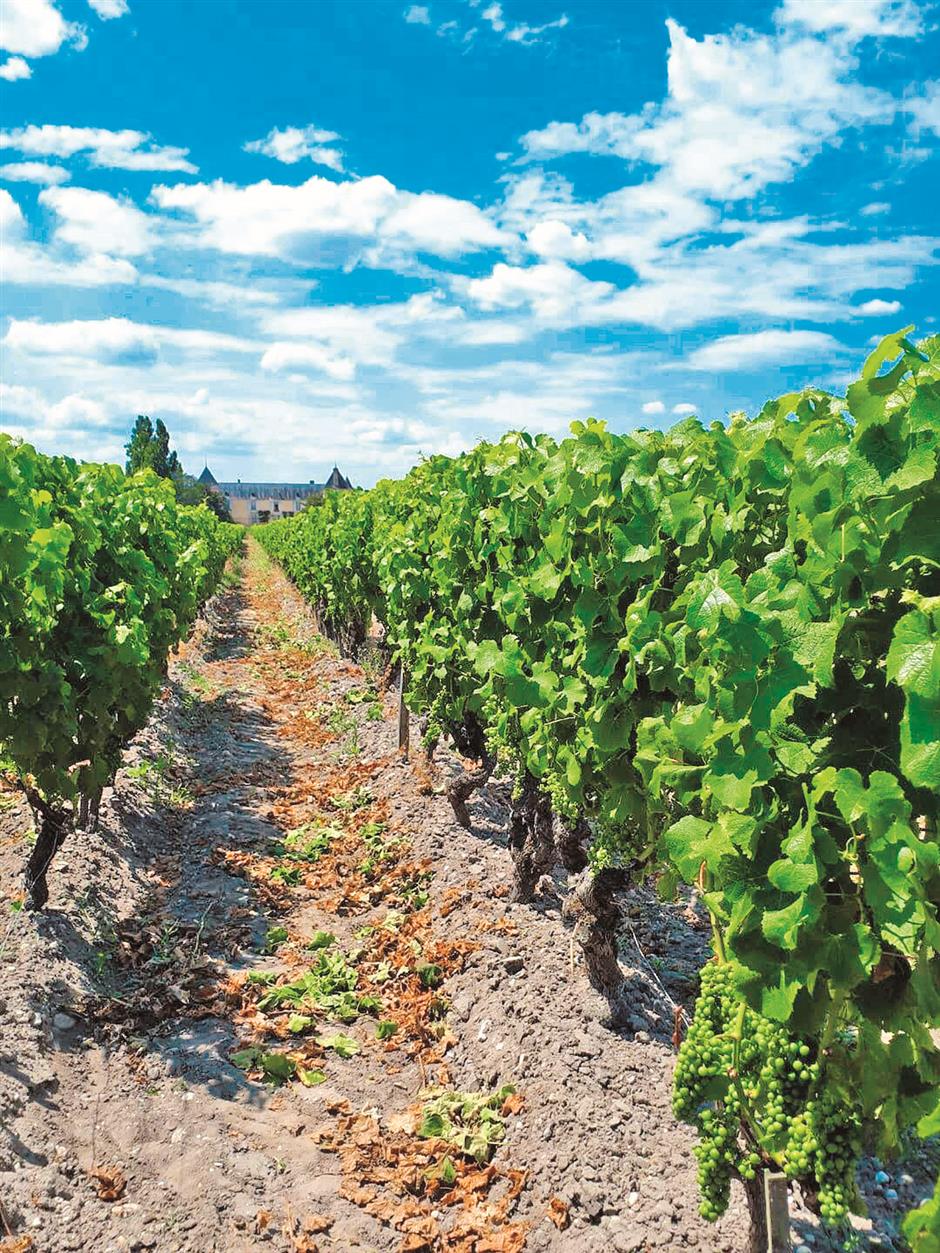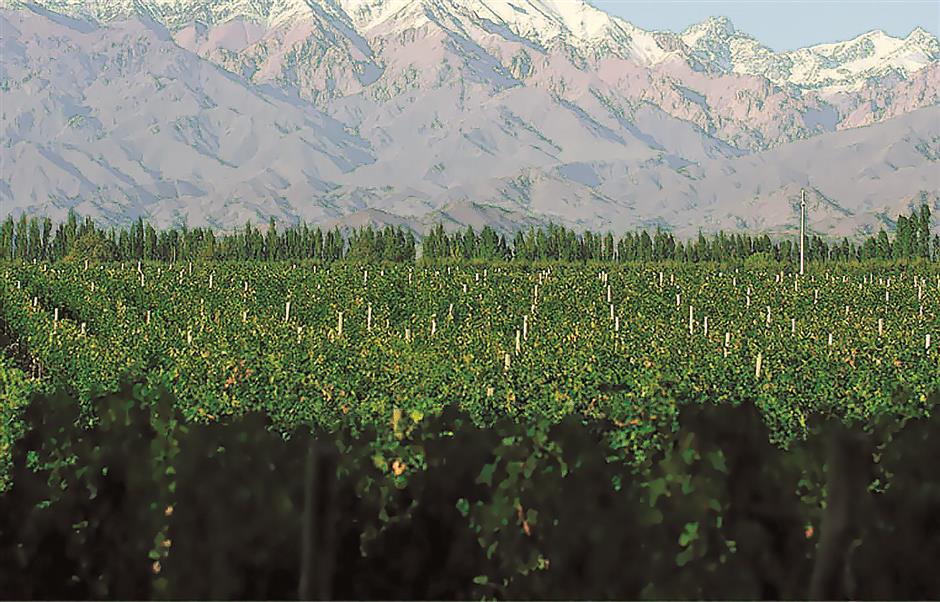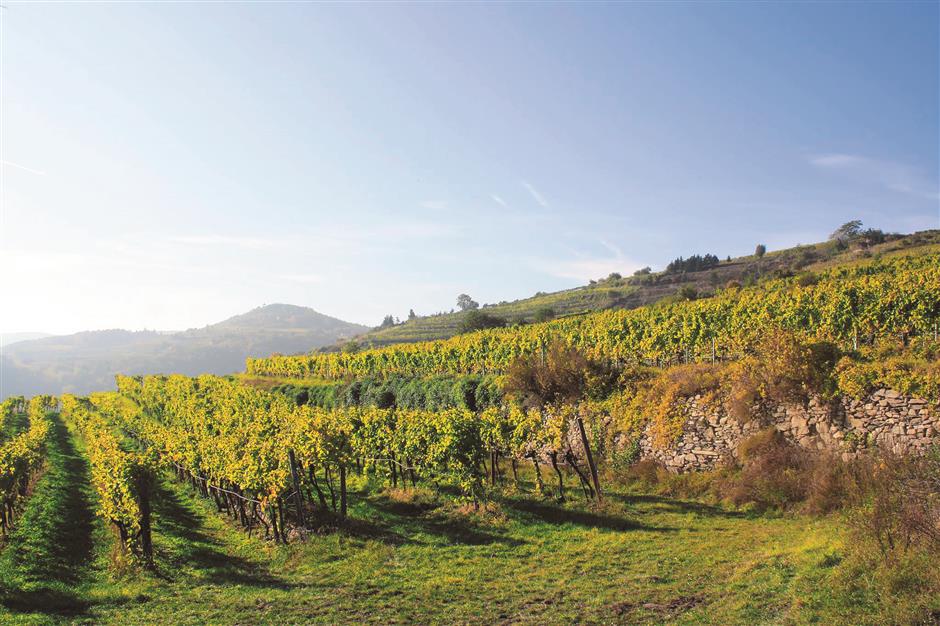This article discusses the concept of natural wines and their growing popularity in China. It highlights the origins of natural wine in Beaujolais and the lack of specific regulations governing its production. The article also mentions the advantages of domestic natural wines in China and recommends two natural wines from a winery in Ningxia. Additionally, it provides an overview of the Languedoc AOC region in France, known for its diverse grape varieties and ideal climate for natural wine production. The article concludes with recommendations for purchasing natural wines and provides contact information for where to buy them in China.
Category: Wine & Spirits
Diet-friendly sandwiches go well with Chilean white wine
This article discusses the importance of choosing healthier sandwich options and lighter wines as we transition from winter to spring. It provides tips for making a healthy sandwich, including using healthy bread and low-sodium condiments, and suggests some palatable options. The article also highlights the health benefits of white wines, particularly their antioxidant properties. It recommends Central Valley Sauvignon Blanc from Chile as an affordable and refreshing wine choice. The article concludes by providing recommendations for Chilean Sauvignon Blanc producers and where to buy them.
Science of love, wine and Amarone
This article discusses the author’s dislike for Valentine’s Day and the commercialism surrounding it. They believe that true romance should be shown every day, not just on February 14th. However, they provide three romantic red wine options for those celebrating the holiday. The first two wines are from France, specifically the Beaujolais Crus region and Chateau Calon Segur in Bordeaux. The third wine is Amarone della Valpolicella DOCG from Italy, specifically the Valpolicella wine region near Verona. The article provides information on the history and characteristics of each wine.
The discreet charm of the underappreciated baijiu
This article discusses the complexity and variety of baijiu, a Chinese spirit, and recommends three lesser-known sauce aroma baijiu options for the Chinese New Year. The recommended baijiu brands are Guizhou Renhuai Dasunbo, Guizhou Gu Dai Liang, and Shenjiu Group. The article also provides information on where to purchase these baijiu brands.
Vino classics never really die
This article is a bittersweet farewell to M on the Bund, a beloved restaurant in Shanghai that is closing after two decades. The author reflects on the memories of great wines and restaurants, and pays tribute to the founder of M on the Bund, Michelle Garnaut. The article then highlights the Fleurieu wine region in South Australia, which is gaining recognition for its wines. The author recommends wines from Mt Jagged, particularly their Cabernet Sauvignon and Shiraz. The article also mentions other producers in McLaren Vale, such as Chapel Hill, whose wines are available in Shanghai. The article concludes with a farewell to M on the Bund and a toast to the future with Australian wines.
Avant-garde drinking in the new year
The article discusses adventurous and avant-garde drinking options for 2022, focusing on a little-known German grape called Dunkerfelder that is used to make deep purple wines in Ningxia, China. The author recommends trying the Dunkerfelder wine made by Steven Wang at Yadai Winery. The article also mentions the trend of blended malt whiskies in the spirits industry and recommends trying whiskies from Douglas Laing, including Timorous Beastie Highland Malt Scotch. The article provides contact information for where to buy these wines and whiskies in Shanghai.
Extreme emotions of Pinot Grigio
This article discusses the love-hate relationship people have with cilantro and Pinot Grigio wine. Cilantro is either loved for its fresh citrusy taste or hated for its soapy flavor, which is due to a rare gene that makes some people sensitive to its chemicals. Pinot Grigio wine originated in Burgundy but was phased out due to disease, and found new life in the cooler climates of the Loire Valley and northern Italy. The largest producer of Pinot Grigio is Friuli-Venezia Giulia DOC in Italy, which produces a wide range of white, red, and sparkling wines. The region has a cool alpine continental climate in the north and a slightly warmer Mediterranean climate in the south. Some top Pinot Grigio producers from this region include Italo Cescon, Mosole, and Vie di Romans. It is recommended to serve Pinot Grigio wines well-chilled and consume them within two to three years of the vintage.
The sweet vino art of assuaging stinky foods
Stinky foods are a significant part of many cuisines, including China’s regional dishes such as stinky tofu and stinky mandarin fish. These dishes have complex aromas and can be paired well with sweet wines, similar to how Europeans pair their stinky cheeses with wine. One great sweet wine option is Sauternes, which is made from Semillon grapes affected by noble rot. Sauternes has a complex production process and has experienced scandals in the past. Despite the decline in popularity of sweet wines, Sauternes remains relatively affordable and can be enjoyed with stinky Chinese dishes or a variety of other foods.
One of nature’s rarest colors produces extravagant wine
This article discusses the color psychology and historical significance of the color purple. It also explores the use of purple in food and wine, specifically focusing on the Malbec grape. The article highlights the origins of Malbec in France and its success in Argentina’s Mendoza region. It explains how the high altitude and unique terroir of Mendoza contribute to the production of high-quality Malbec wines. The article concludes by mentioning that Mendoza Malbecs are becoming increasingly available in Shanghai and suggests some recommended producers. It also hints at the potential for Malbec to thrive in China.
Fujian delicacies and mountain fresh Austrian white wines
Fujian cuisine, known for its unique ingredients and cooking techniques, pairs well with Gruner Veltliner, a white wine from Austria. Gruner Veltliner is a versatile and vibrant wine that complements the delicate and artistic nature of Fujian cooking. Austria is the spiritual home of Gruner Veltliner, with the grape representing nearly a third of all plantings in the country. The wine exhibits bright aromas, citrus and yellow fruit flavors, and hints of spices. Recommended Gruner Veltliner producers include Weingut Salomon Undhof, Pfaffl Gruner, Loimer, Nigl Freiheit, Wiening, and Brundlmeyer. To fully appreciate the freshness and sophistication of Gruner Veltliner, it should be served chilled and paired with sumptuous Fujian cuisine.


